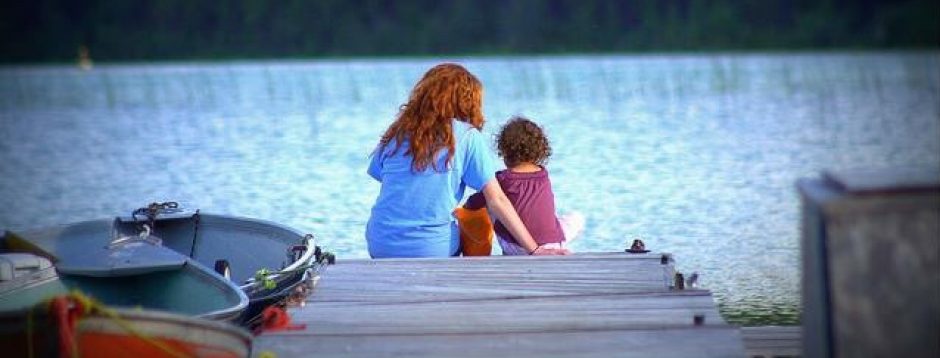When I read the article, Jagged Worldviews Colliding by Leroy Little Bear I found myself making connections between the math curriculum that I studied in school and Indigenous knowledge in mathematics as well as the connections between high school physics and this same aboriginal knowledge. It made me realize how easy it would be to braid them together in lesson plans and wonder why I never experienced this in my schooling. In terms of colonialism, it would have made a difference if the settlers had learned from indigenous knowledge and made connections with their European knowledge. Obviously, the framework for this basic understanding of the world would have had many similarities since it’s a world we share. Leroy Little Bear (2000) says “Aboriginal people seek to use such understandings to maintain their balance and to sustain harmony and cooperation”. Had this been realized at the time, residential schools may have had a different outcome. Residential schools could have been a place of shared knowledge for all children rather than the one-way tragedy they became. I like to think the original idea for residential schools was based on good intentions, but it was lack of knowledge and sharing of wisdom that turned them into the nightmare we now study as history.
Everyone is good at something. When students excel at something beyond the curriculum like a sport, an instrument, or other skills like cooking, gardening, etc. They may find school a place where they don’t belong since “the current curriculum does not put much emphasis on these strengths.” (Poirier 2007). It is important for students to be able to make connections to their passions when learning something that challenges them in order to develop an understanding for this material, we consider a requirement like reading, writing, counting, etc.
Inuit teachers “do not perceive mathematics as something that can help them solve everyday problems.” (Poirier 2007) this is probably the largest difference between Inuit teaching and Eurocentric teaching in mathematics. In our curriculum math as viewed as the subject of most importance and is considered the most challenging by many students. Inuk peoples use math more as a tool, than a way of life.
“Inuit teachers tell me’ that, traditionally, they do not ask a student a question for which they think that student does not have the answer” (Poirier 2007). This is a way of taking the uncertainty out of the basic understanding that students need in mathematics. Math should not me some big mystery that students can cheat their way through learning by memorizing formulas and calculator functions. We have lost the simplicity in our math curriculum. Once students reach high school level classes, many of them have lost their common mathematical sense. Those fractions and simple calculations (multiplication/division) that they learned in elementary school are lost from their mind. With all the time they spent on simple math it should be stuck in their brains but in many cases it is not. Why is that? Students go into calculus and algebra using their calculators for calculations they could have done in their head at a point in time but simply can’t, or simply don’t, anymore. Poirier’s article: Teaching mathematics and the Inuit Community gives many insights to what we might be doing wrong with our curriculum and ways we can improve it by sharing the knowledge of indigenous peoples.
Bear, L. L. (2000). Jagged worldviews colliding. In M. Batiste (Ed.), Reclaiming Indigenous voice and vision (pp. 77-85). UBC Press.
Poirier, L. (2007). Teaching mathematics and the Inuit community, Canadian Journal of Science, Mathematics and Technology Education, 7(1), p. 53-67.

Hi Nicole,
Great post! I think it’s really interesting how you talked about integrating Indigenous knowledge about physics and math into the western view of these subjects and how easy it could be to do in a classroom. Hopefully this will become more standard in future classrooms.
Isabella